Google Transforms Public Data for AI: Unlocking the Power of Information
Have you ever wondered how artificial intelligence (AI) systems make sense of the vast amount of data available on the internet? How do they gather, analyze, and organize information to provide meaningful insights and predictions? The answer lies in the transformative work of Google in harnessing public data for AI. With their advanced technology and innovative techniques, Google has revolutionized the way we leverage public data to fuel AI algorithms and unlock the power of information.
1. The Role of Public Data in AI
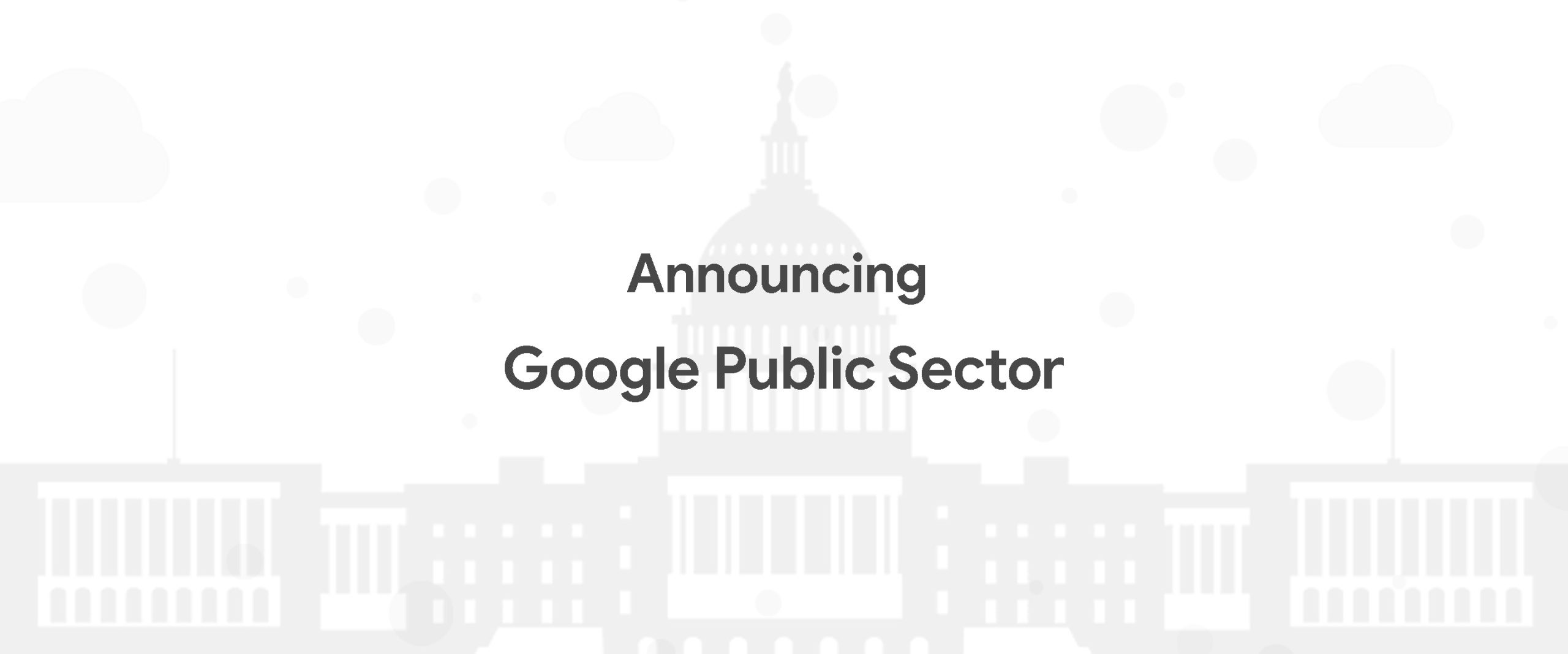
Public data, which includes information freely available to the public, is a treasure trove of knowledge. It encompasses a wide range of data sources, such as government reports, scientific research, public records, and social media posts. This data holds valuable information that AI systems can use to learn, understand patterns, and make predictions.
2. Google’s Vision for Public Data and AI

Google recognized the immense potential of public data in fueling AI advancements. Their vision was to create a seamless integration between public data and AI algorithms, enabling these systems to tap into a vast knowledge base and deliver insights that benefit individuals, businesses, and society as a whole.
3. Gathering and Processing Public Data
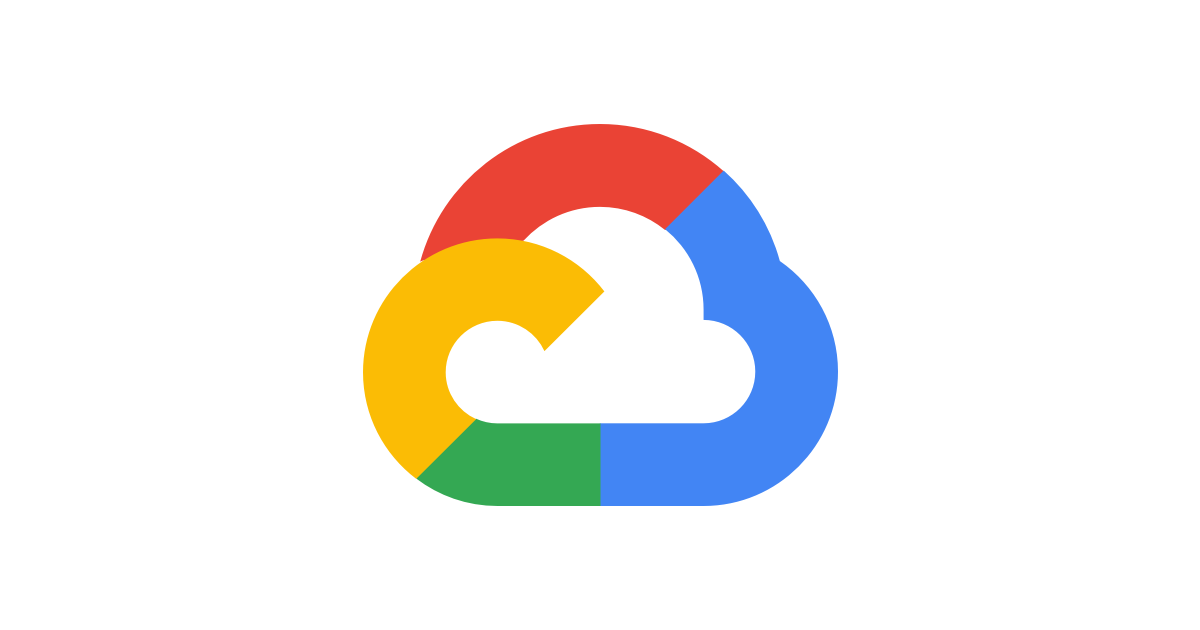
Google developed powerful web crawling and scraping tools to collect public data from various sources. These tools traverse the internet, identifying relevant information and extracting it in a structured format. This process ensures that the data is accessible and ready for AI algorithms to analyze.
4. Structuring Public Data for AI
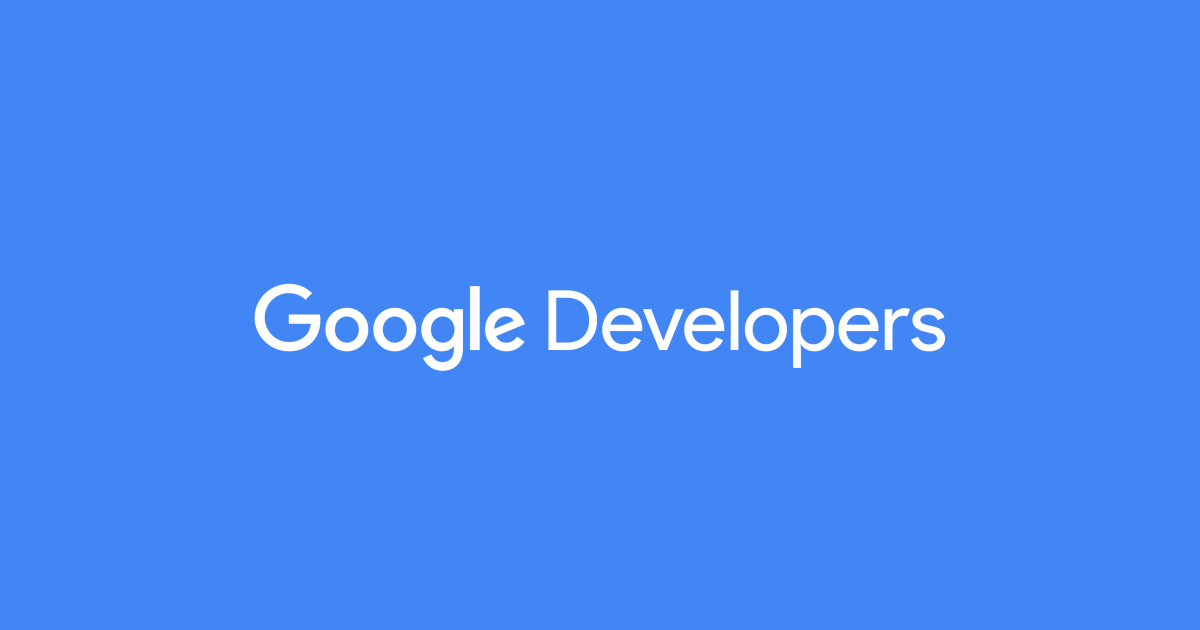
Public data is often unstructured, making it challenging for AI systems to extract meaningful insights. Google tackles this challenge by employing advanced natural language processing (NLP) techniques and machine learning algorithms to structure the data. This involves categorizing, tagging, and organizing the information in a way that AI can understand and utilize.
5. Training AI Models with Public Data
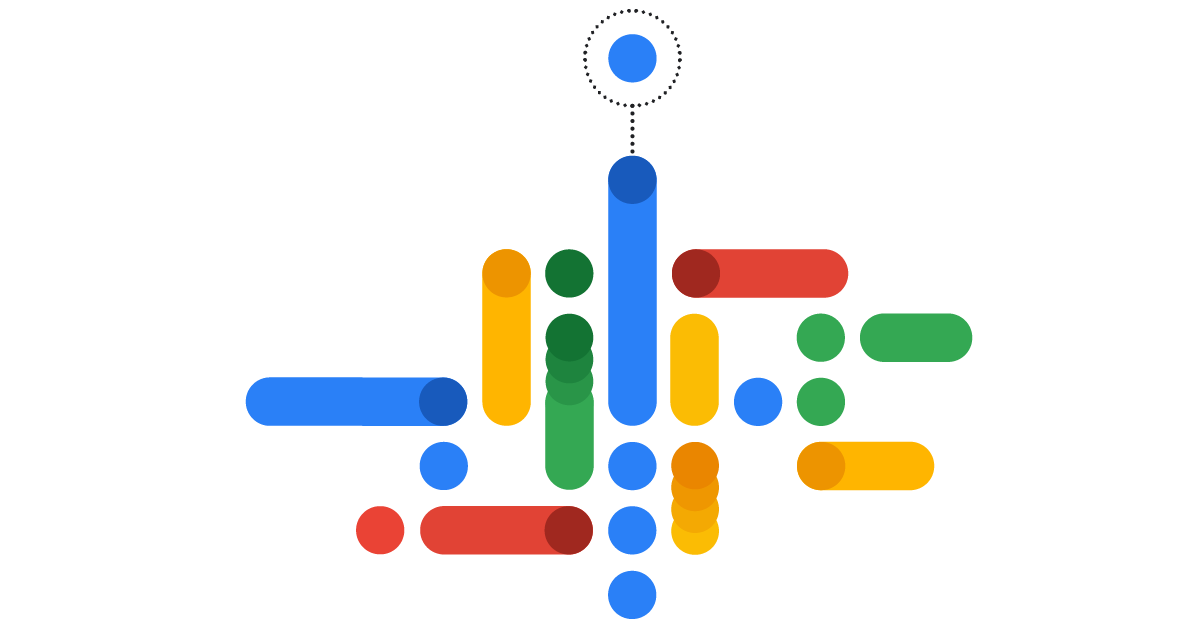
Once the data is structured, Google trains AI models using vast amounts of public data. By feeding this data into the algorithms, the models learn to recognize patterns, make connections, and generate accurate predictions. The training process refines the AI system’s ability to process new data and provide valuable insights.
6. Enhancing AI Algorithms with Public Data
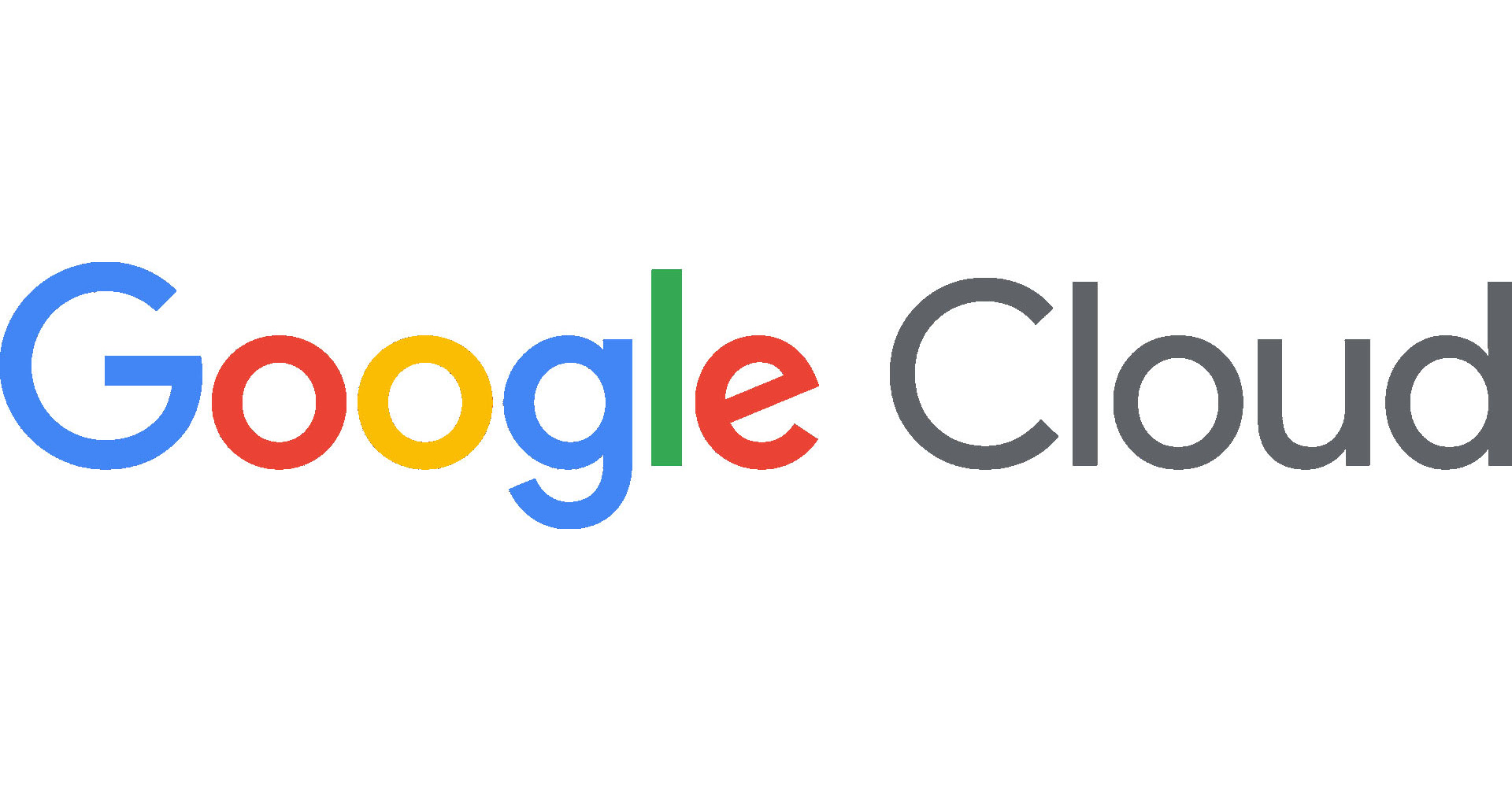
Google continuously enriches its AI algorithms by incorporating new public data. As more information becomes available, Google’s algorithms adapt and evolve, gaining deeper knowledge and improving their capabilities. This iterative process allows AI systems to stay up-to-date and deliver increasingly accurate and relevant results.
7. Applications of Google’s Public Data-Powered AI
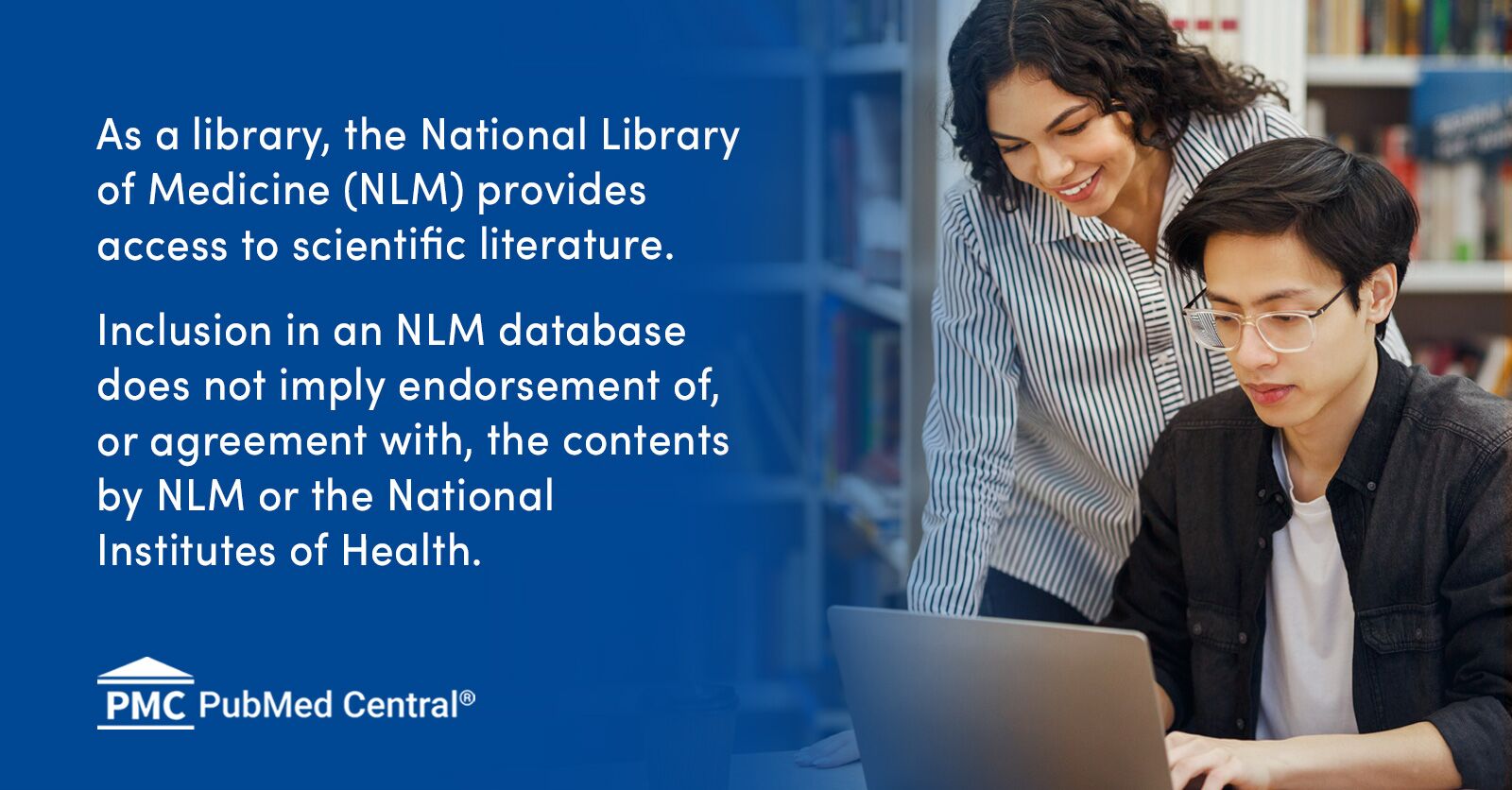
The applications of Google’s public data-powered AI are vast and diverse. From predicting disease outbreaks based on health records to analyzing economic trends using financial data, these AI systems provide decision-makers with invaluable insights. They also power innovative solutions in fields like natural language processing, image recognition, and autonomous technologies.
8. Ensuring Data Privacy and Security
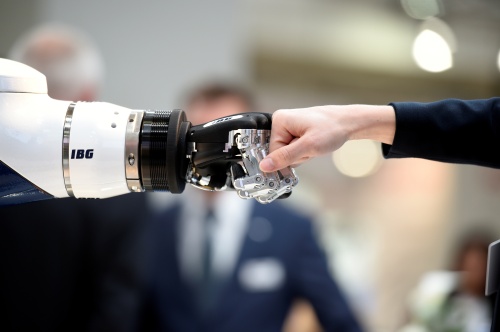
Privacy and security are of utmost importance to Google when working with public data. They adhere to strict protocols and robust encryption mechanisms to safeguard sensitive information. Privacy controls are implemented to anonymize data and protect individuals’ identities, ensuring responsible use of public data for AI purposes.
9. Democratizing Access to Information
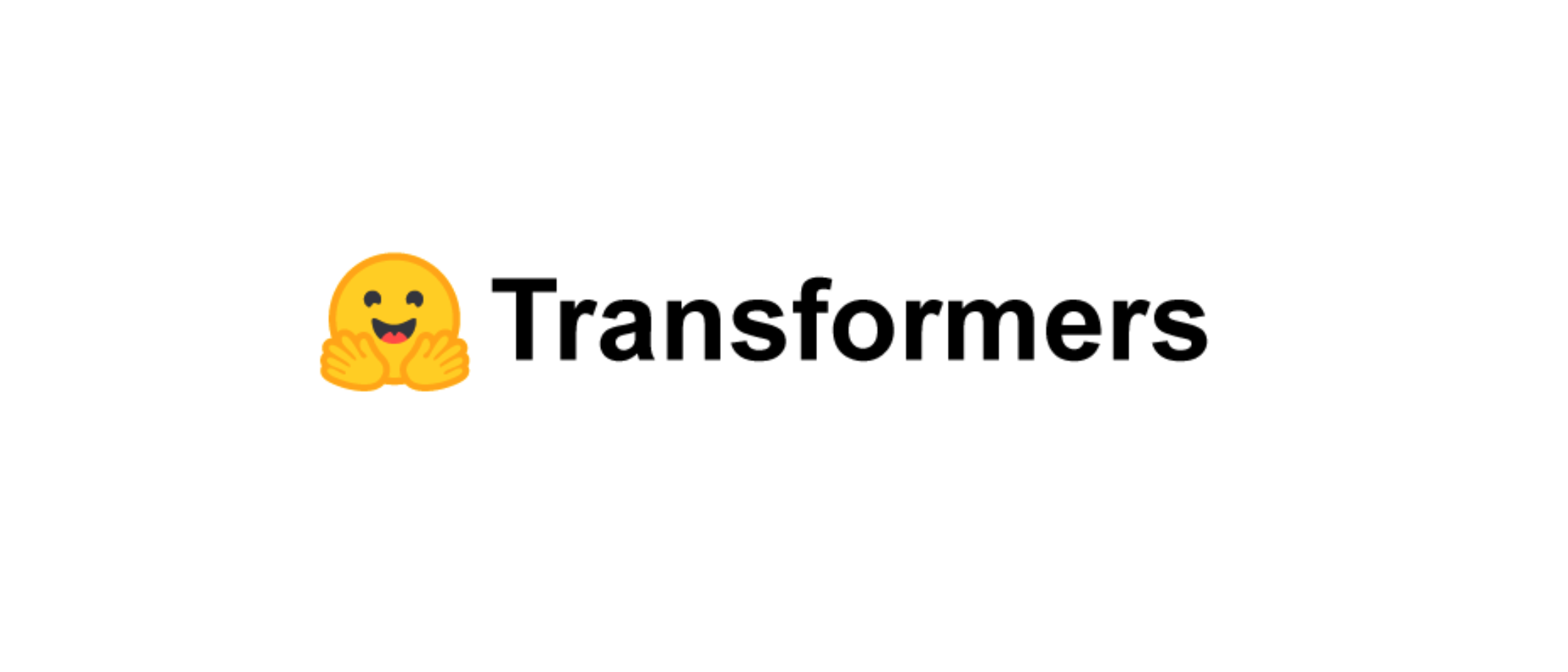
One of Google’s primary goals is to democratize access to information. By leveraging public data, they enable individuals, organizations, and governments to gain insights that were once exclusive to a select few. This empowerment fosters innovation, drives informed decision-making, and creates a more inclusive society.
10. Collaborating with Partners and Researchers
Google actively collaborates with partners and researchers worldwide to advance the field of public data-powered AI. By fostering a vibrant ecosystem of collaboration, they promote knowledge sharing, encourage innovation, and drive collective progress in leveraging public data for AI applications.
11. Looking Towards the Future
The potential of public data and AI is immense, and Google is committed to pushing the boundaries of what can be achieved. Through ongoing research, development, and collaboration, they strive to unlock even more insights, revolutionize industries, and enhance the lives of individuals around the globe.
Conclusion
Google’s transformation of public data for AI has opened up a world of possibilities. By harnessing the power of information, their innovative approach enables AI systems to provide insights, predictions, and solutions that were once unimaginable. With responsible and ethical use of public data, Google is reshaping industries, empowering individuals, and driving the next frontier of AI possibilities.
FAQs
Q1: How does Google gather public data for AI purposes?
A1: Google utilizes web crawling and scraping tools to collect public data from various sources on the internet.
Q2: How does Google structure unstructured public data?
A2: Google employs advanced natural language processing (NLP) techniques and machine learning algorithms to structure unstructured public data.
Q3: How does Google ensure the privacy and security of public data?
A3: Google adheres to strict protocols, robust encryption mechanisms, and privacy controls to safeguard sensitive public data.
Q4: What are some practical applications of Google’s public data-powered AI?
A4: Google’s public data-powered AI finds applications in predicting disease outbreaks, analyzing economic trends, natural language processing, image recognition, and more.
Q5: How is Google contributing to the future of public data and AI?
A5: Google is actively engaged in ongoing research, development, and collaboration to further unlock insights and push the boundaries of what can be achieved with public data and AI.

